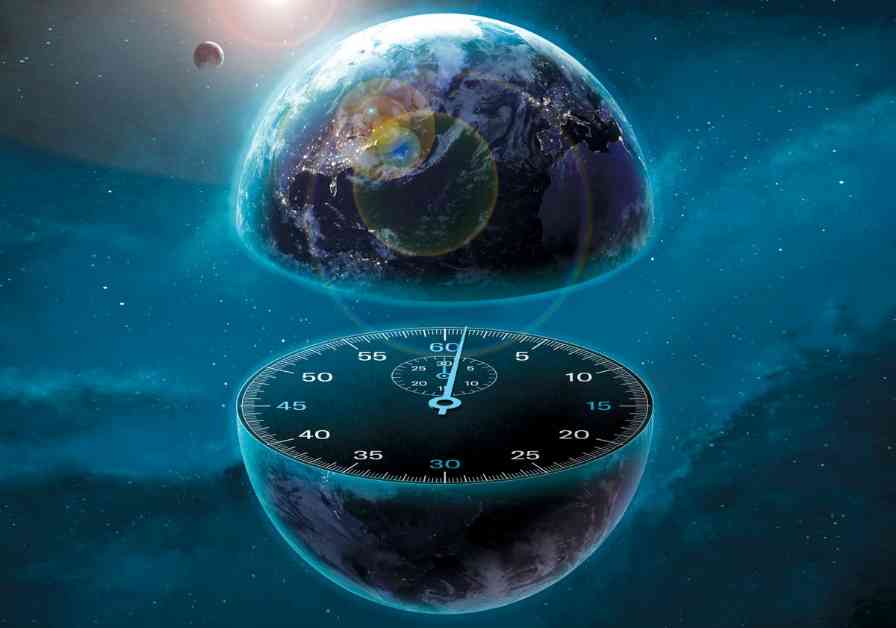Long ago, humans defined a day as the time it takes Earth to make one rotation about its axis. However, Earth’s rotation has been slowing down over the years, leading to the addition of leap seconds to atomic clocks to keep them in sync with Earth. The recent revelation that Earth’s rotation has been speeding up since around 1990 has sparked a debate on whether we should continue adding leap seconds or consider abandoning them altogether.
The process of adding leap seconds involves making adjustments to a mind-boggling number of computers and telecom operations globally. The National Institute of Standards and Technology, which keeps atomic time for the U.S., receives more than 100 billion time-coordination requests from up to a billion computers daily. Leap-second adjustments have even caused disruptions such as Reddit going dark and operational issues at Qantas Airways.
With the increasing digitization of our world, some question the necessity of adjusting atomic clocks to match Earth’s rotation precisely. The impact of a one-second or one-minute discrepancy in our highly interconnected systems is debatable. Earth’s rotation slows down due to tidal friction caused by gravitational interactions between Earth, the moon, and the sun.
Recent studies suggest that Earth’s rotation has been speeding up, counteracting the tidal slowing trend. This unexpected development has pushed back the need for a leap-second subtraction to 2029. The ongoing effects of global warming, such as ice sheet melting and crust rebounding, have complicated the prediction of when the rotational speedup will overtake the tidal slowdown.
The proposal to stop making leap-second adjustments by 2035 has gained support, with the idea of making a single large adjustment after a century being favored by some experts. While some large entities like Google have implemented their own clock smearing methods to avoid leap-second adjustments, a consensus among global timekeepers is essential to maintain consistency in timekeeping standards.
As the debate continues on the future of leap seconds, the importance of maintaining the connection between atomic time and Earth’s rotational time is being questioned. While waiting for a well-planned adjustment may lead to a divergence between astronomical time and atomic time, experts believe that computer networks can adapt to these changes without significant issues. Ultimately, the decision on whether to continue adding leap seconds or adopt a new approach will have far-reaching implications for global timekeeping standards.










